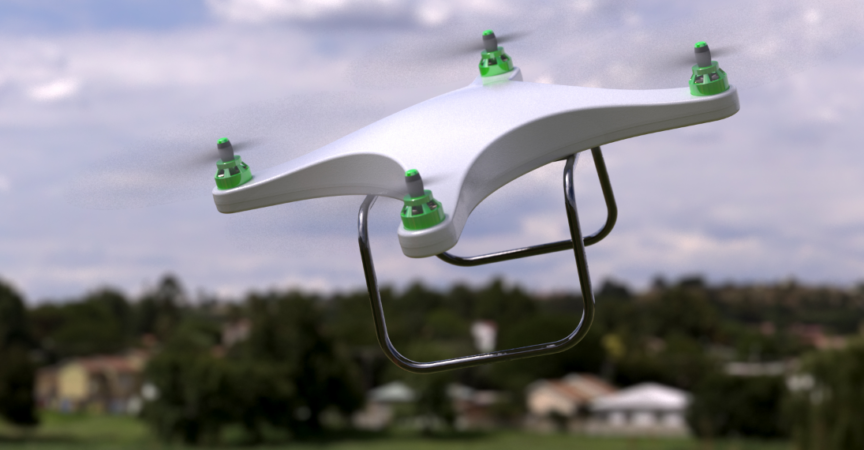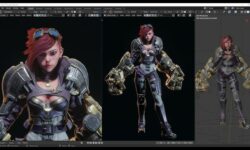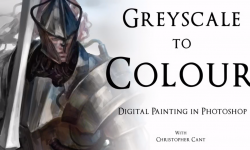3ds Max and After Effects Product Visualization
Release date:2019, August 20
Author:Aaron F. Ross
Skill level:Beginner
Language:English
Exercise files:Yes
3D visualization is a crucial aspect of 21st century product design, manufacturing, and marketing. This course illustrates a standard workflow for product viz, from importing a CAD model to rendering photorealistic imagery. It leverages the advanced tools of 3ds Max and the Arnold renderer to bring product designs to life in the production phases of scene layout, materials, lighting, and rendering. It also employs Adobe After Effects to composite and adjust render passes, giving you the ability to art-direct lighting without needing to re-render in 3D. The combination of 3ds Max and After Effects empowers artists and designers to render product visualizations with greater efficiency, flexibility, and creativity than ever before.
Topics include:
Importing a CAD model
Laying out the scene
Saving and loading XRefs
Camera framing and exposure
Physically based materials
Procedural textures
Image-based lighting with an environment map
Flood lighting with area lights
Studio lighting with spot and point lights
Light decay and exclusion
AOV component render passes
Optimizing Arnold render settings
Layering render components in After Effects
Rendering a technical illustration





 Channel
Channel






First of all thanks for helping us by uploading all these courses.
is there any chance of get this head drawing course in SKILLSHARE by (David Finch) ?
The course link is below—
https://www.skillshare.com/classes/How-to-Draw-Superhero-Heads/918195786?via=user-profile